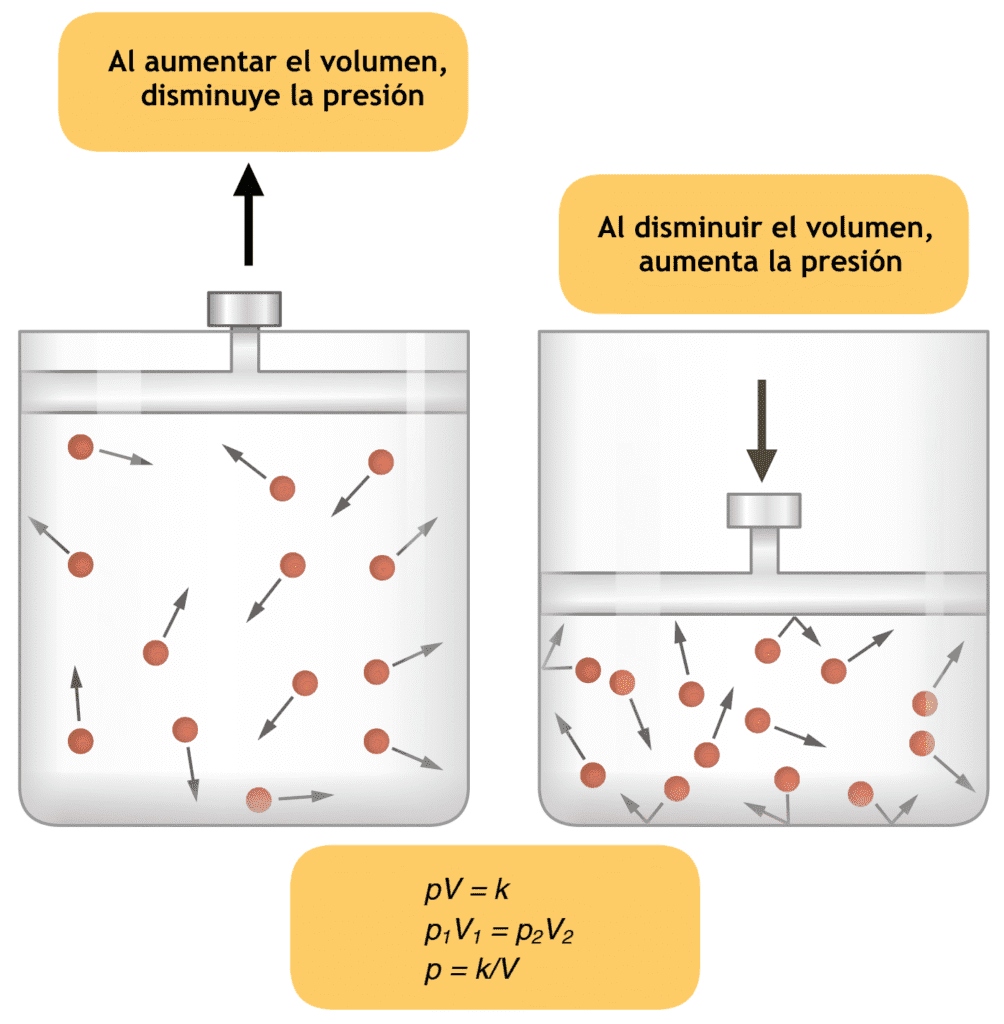Patients with primary neurodegenerative undergoing Anesthesia in Neurological Disease (Parkinson’s disease, Huntington’s chorea, Alzheimer’s, amyotrophic lateral sclerosis ) or demyelinating diseases (Guillain-Barre’ syndrome, multiple sclerosis, myeloneuropathies) suffer from progressive and sometimes incurable neurologic impairment, neuromuscular involvement, dysautonomia and pulmonary insufficiency.
 Elective surgery should be scheduled to coincide with periods of remission along with right application of Anesthesia in Neurological Disease . Co-existing diseases must be optimally treated.
Elective surgery should be scheduled to coincide with periods of remission along with right application of Anesthesia in Neurological Disease . Co-existing diseases must be optimally treated.
The most important consideration in the anesthetic management of patients undergoing clipping or coiling after acute SAH is the prevention of paroxysmal hypertension with its attendant risk of aneurysm rerupture. Nonetheless, adequate perfusion pressure is needed if temporary clips are used or during management of cerebral vasospasm.
Patients are often confused and sometimes uncooperative, making monitored anesthesia care or regional anesthesia challenging.
In these patients, preoperative clinical status is not a reliable predictor of good postoperative recovery. Therefore, diagnostic studies used to guide postoperative management include pulmonary function test and arterial blood gas analysis. Anesthesia in Neurological Disease given to the patients may require mechanical ventilation in the postoperative period, because chronic weakness of inspiratory and expiraory muscles along with residual effects of Anesthesia in Neurological Disease , anticonvulsants, antibiotics and beta-blockers affect the ventilation and also impair patient’s ability to cough.
Even after ventilatory function has returned back to normal in the immediate postoperative period, bulbar muscle weakness and aspiration risk due to cranial nerve dysfunction may persist, necessitating postoperative tracheostomy in these patients.
Management of anesthesia in patients with seizure disorders includes considering the impact of antiepileptic drugs on organ function and the effect of anesthetic drugs on seizures. Co-existing sedation produced by antiepileptic drugs may have additive effects with anesthetic drugs, whereas drug-induced enzyme induction could alter the pharmacokinetics and pharmacodynamics of other drugs.

